In the recent article Taking the Cloud from Wall Street to Main Street, I discussed how cloud technologies that were once only accessible to high tech Wall Street firms can now be leveraged by the majority of enterprises to manage development, testing, and production environments.
The following is an excerpt from the article:
“In 2011, NYSE Technologies launched a hybrid cloud that offered investment banks, hedge funds and other firms seeking to benefit from the latency advantages of being located within close proximity to both the publication of market data and exchange order management systems an opportunity to maximize technology resources without massive capital expenditures. NYSE promoted this platform as a community cloud where market participants could collaborate and provide a wide range of services to each other within a secure, isolated, yet flexible environment.
As a product manager in NYSE’s Global Market Data group at the time, I worked closely with my colleagues and several clients to provide access to real-time, reference and historical data sets within this community cloud platform. Working with a diverse set of clients, we quickly saw the benefits these firms realized by leveraging cloud technology to accelerate and simplify key tasks related to virtually all aspects of capital market activity.
Since the broad adoption of the ticker tape in the 1880s, capital markets have driven, and been driven by, technology. Today, the technology to manage all aspects of market operations is both vast and complex. For better or worse, markets are dependent on technology, and when that technology malfunctions, the results can be costly.
Consider, for example, the reception and consumption of real-time market data. Investment banks, hedge funds and other proprietary trading firms all employ trading strategies that span global markets. These firms require real-time trade, quote and order book data from multiple exchanges on several continents. In order to receive and process this data firms require:
- Connectivity to a dedicated financial extranet with sufficient bandwidth to support incoming data feeds.
- Data feed handlers to receive trade, quote and order book data and then normalize it for use within the firm.
- Data caching systems to mange the internal distribution and consumption of market data by traders, analysts, researchers and others.”
You can read the full story at wallstreetandtech.com.
